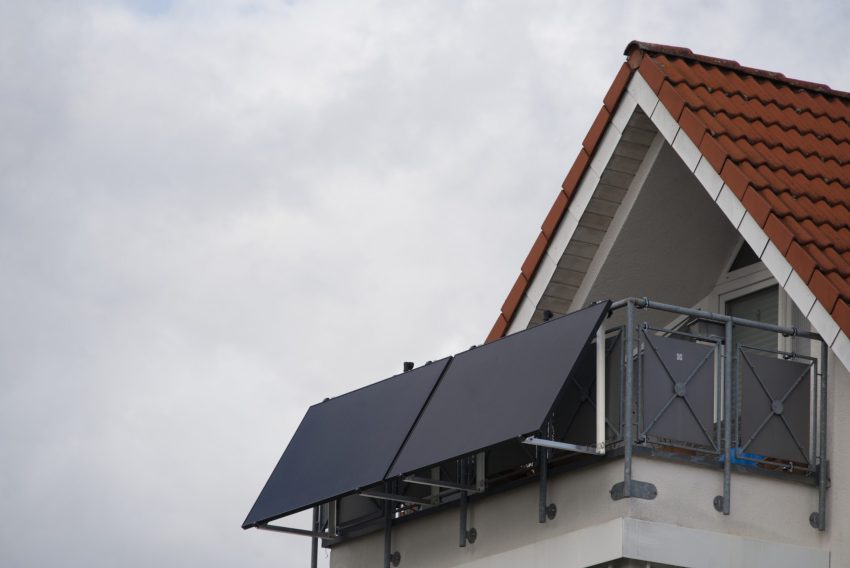In an era where sustainability and renewable energy are at the forefront of global priorities, the concept of the Steckerkraftwerk has gained significant attention. This innovative device, also known as a plug-and-play solar power station, offers an accessible and cost-effective solution for generating electricity from solar energy. Whether you’re an eco-conscious homeowner, an urban dweller, or simply someone looking to cut down on electricity bills, a Steckerkraftwerk could be the perfect addition to your home.
What is a Steckerkraftwerk?
A Steckerkraftwerk (plug-in power plant) is a small, modular solar power system that can be easily installed by plugging it into a standard electrical socket. These compact units typically consist of solar panels and a micro-inverter, which converts the generated DC electricity into AC power that can be used by your household appliances or fed back into the grid. Unlike larger solar panel installations that require professional setup and significant space, a Steckerkraftwerk is user-friendly, portable, and ideal for small spaces like balconies, patios, or rooftops.
Benefits of Using a Steckerkraftwerk
- Easy Installation and Use: The primary advantage of a Steckerkraftwerk is its simplicity. You don’t need technical expertise to install it – just plug it into a socket, and you’re ready to generate green energy.
- Cost-Effective: Compared to traditional solar systems, Steckerkraftwerke are relatively inexpensive. They offer a quick return on investment by reducing electricity bills and sometimes even allowing you to earn money by feeding surplus energy back into the grid.
- Flexibility and Portability: These systems are compact and lightweight, making them easy to move or reposition to maximize sunlight exposure. They are especially suitable for renters or people who frequently relocate.
- Environmentally Friendly: Like all solar technologies, Steckerkraftwerke help reduce carbon emissions and reliance on fossil fuels, contributing to a cleaner and more sustainable environment.
- Scalability: If your energy needs grow, you can easily add more units to your setup. This flexibility allows you to start small and expand as your budget or energy requirements increase.
How Does a Steckerkraftwerk Work?
A typical Steckerkraftwerk consists of one or more solar panels, a micro-inverter, and a plug that connects to your home’s power socket. The solar panels capture sunlight and convert it into direct current (DC) electricity. The micro-inverter then converts this DC power into alternating current (AC) electricity, which is compatible with your household electrical system.
When plugged into a socket, the system feeds the electricity directly into your home’s grid, reducing the amount of power you need to draw from the utility company. If your Steckerkraftwerk generates more electricity than your household consumes, the surplus energy is fed back into the public grid, for which some countries or regions offer compensation through feed-in tariffs.
Things to Consider Before Installing a Steckerkraftwerk
- Location: Ensure you have a location with adequate sunlight exposure, such as a south-facing balcony, roof, or garden. Obstacles like trees or buildings may cast shadows that reduce the system’s efficiency.
- Local Regulations: Some regions have specific regulations or guidelines for plug-and-play solar systems. Check with local authorities or your utility provider to understand any necessary approvals, registration, or compliance requirements.
- Power Output: Assess your household’s energy consumption and determine how much electricity you aim to offset with the Steckerkraftwerk. This will help you select the appropriate size and capacity for your needs.
- Safety Measures: While Steckerkraftwerke are designed to be safe, ensure that your electrical system is compatible and in good condition. If unsure, consult an electrician for a quick assessment.
Conclusion
A Steckerkraftwerk offers a fantastic entry point into renewable energy, providing a simple, flexible, and affordable way to harness the power of the sun. With minimal installation requirements and the potential to reduce both your carbon footprint and electricity costs, it is an ideal solution for anyone looking to make their home more sustainable.
